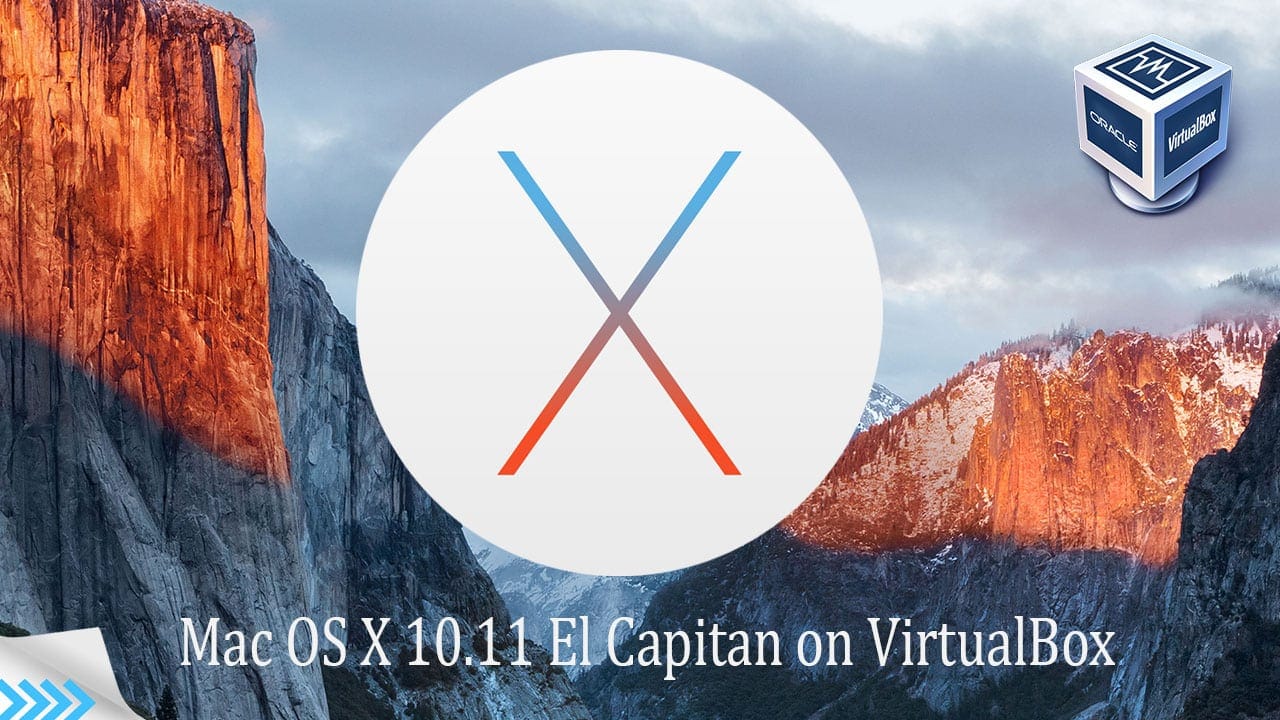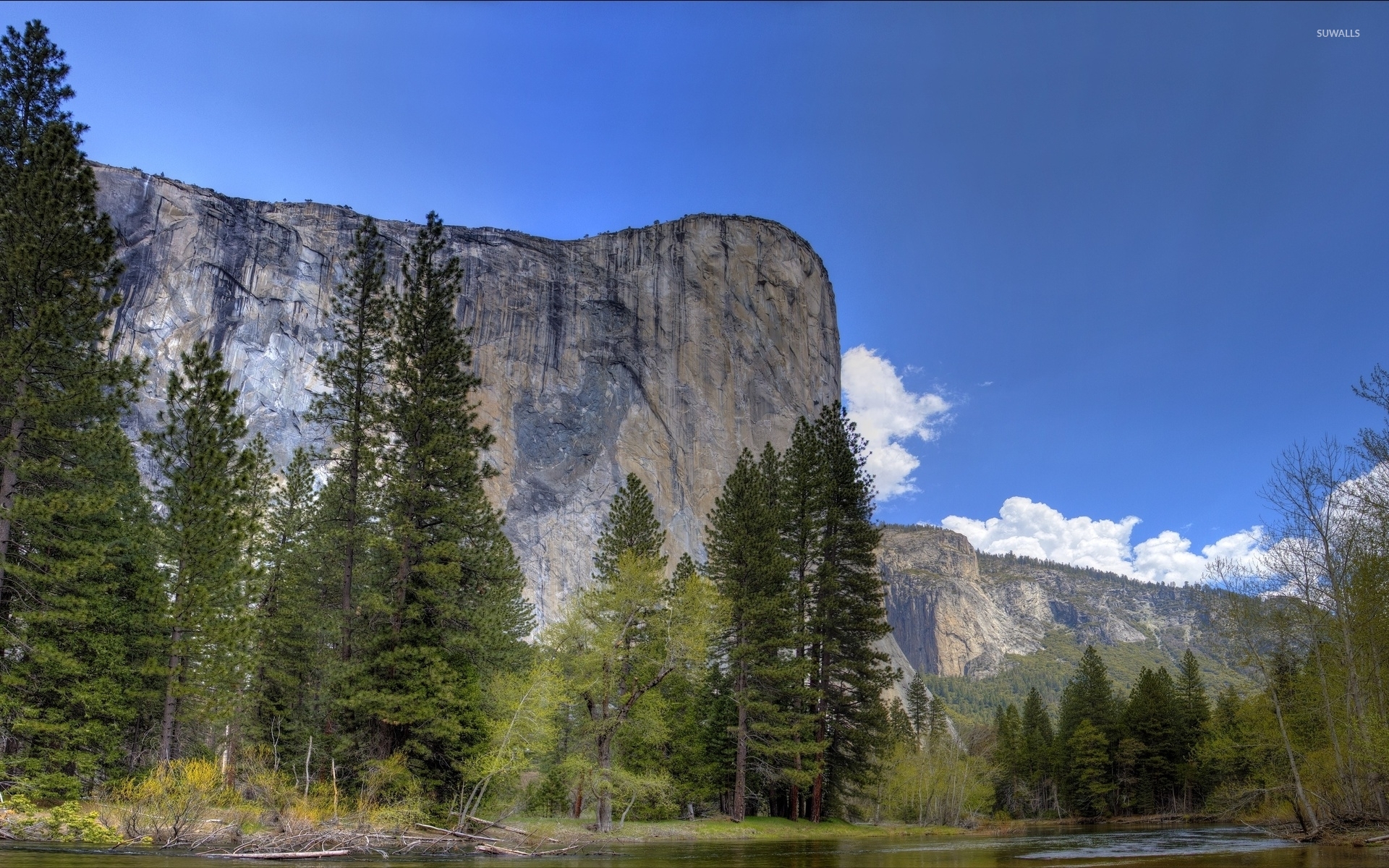

If not, use launchctl unload ~/Library/LaunchAgents/BACKWARDS_HOST_

If your remote files show up, then great! You're done! If you see no error messages, see if the volume was mounted properly: ls /mnt/ HOSTNAME launchctl load ~/Library/LaunchAgents/BACKWARDS_HOST_

plist.) load the plist file and run it to see if it works. This is just a convention, feel free to name the file whatever you want, (If your host's path is, say, and your PATH was /tmp, then your resulting filename would be .ist. Put this in ~/Library/LaunchAgents/BACKWARDS_HOST_ Now you can finally create the launchd plist file. It's unlikely to fail, and there's no security issue if it does. In most cases, this should be the proper one. #!/bin/bashĮxport SSH_AUTH_SOCK=$(ls -t /tmp/launch-*/Listeners | head -1)īasically, this file sets SSH_AUTH_SOCK to the most recent socket in your tmp directory. You'll have to manually set the SSH_AUTH_SOCK yourself.įirst, create a wrapper around sshfs that will set the SSH_AUTH_SOCK for you. However, if your system is anything like mine, this item won't have its SSH_AUTH_SOCK set properly, so it won't be able to login to the remote host without using a password. You'll need to create a LaunchAgent item to mount your volume at login. Unmount the volume you just mounted: umount /mnt/ HOSTNAME The remote files show up, then you're ready to proceed to the next step. If it's not set, it'll use your home directory. PATH is optional set it to whichever directory you want to mount on the remote host. Set VOLUME_NAME to whatever you want your volume to be named in the Finder.
#MACFUSION EL CAPITAN PASSWORD#
Then make sure you can mount your remote site as a volume without specifying a password using sshfs: sshfs /mnt/HOSTNAME -oreconnect,allow_other,volname=VOLUME_NAME (Obviously, you'll replace HOSTNAME with your remote server's name.) So instead I used /mnt/ HOSTNAME mkdir -p /mnt/ HOSTNAME I wouldn't recommend using /Volumes since it appears that OS X automatically deletes directories in there when you unmount things.
#MACFUSION EL CAPITAN INSTALL#
Next, install sshfs and MacFuse as per Installing sshfs 1.9 with MacFuse 1.7 on OS X Leopard 10.5.5.įigure out where you want to mount your remote volume. Do the setup in Leopard finally supporting ssh-agent at login and verify that it works: ssh it logged you in without prompting for a password or passkey, you're ready to proceed. MacFuse and sshfs make this really easy, although getting it set up and mounted automatically at login can be a bit tricky.įirst, make sure you can ssh to your remote machine without entering a password. If you maintain a remote machine, it can be really useful to mount that machine's filesystem locally to move files around.


 0 kommentar(er)
0 kommentar(er)
